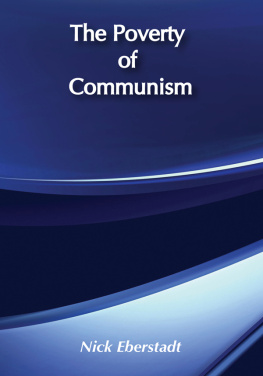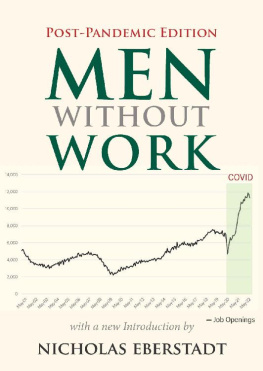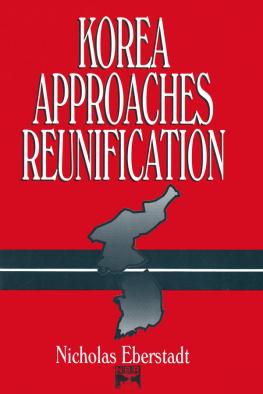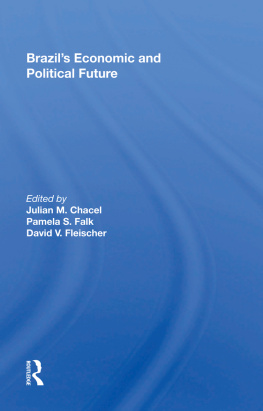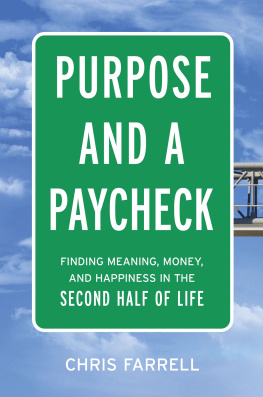
Templeton Press
300 Conshohocken State Road, Suite 500
West Conshohocken, PA 19428
www.templetonpress.org
2016 by Nicholas Eberstadt
All rights reserved. No part of this book may be used or reproduced, stored in a retrieval system, or transmitted in any form or by any means, electronic, mechanical, photocopying, recording, or otherwise, without the written permission of Templeton Press.
Designed and typeset by Gopa & Ted2, Inc.
ISBN13: 978-1-59947-469-4
eISBN: 978-1-59947-470-0
Library of Congress Cataloging-in-Publication Data on file.
Printed in the United States of America
16 17 18 19 20 10 9 8 7 6 5 4 3 2 1
For Christopher C. Demuth Sr.
Mentor, Colleague, Friend

Contents

Acknowledgments

T HIS BOOK, LIKE A Nation of Takers before it, was the idea of Susan Arellano, publisher of Templeton Press. Brilliant editor that she is, she somehow persuaded me that this effort too was actually my own idea. Susan is an utter delight as an intellectual compatriot. She is demanding in the best senseencouraging her colleagues in the world of ideas to do their very best work, and even to try to exceed their own highest standards. Those on her Templeton Press team are professionals who epitomize grace under pressure. Their hard work is noted with truest authorial gratitude. Special thanks to Dave Reinhard for his deft and seamless reduction of my too-lengthy manuscript to a more reader-friendly length.
Although this is a slim volume, it required a considerable amount of data collection and quantitative analysis, including work with a variety of unpublished statistical files from the U.S. government and from nongovernment sources as well. I could never have produced this study without the splendid research assistance I enjoyed during this project. Primus inter pares was Alexander Coblin, the extraordinarily talented scholar who was the main research assistant for this study. Alexs insights have enriched every chapter in this book. Alex also helped select an all-star team of interns whose work contributed significantly: Pat Hunley, Katherine Cole, Claire Chang Liu, and Gabe Anderson (whose above-and-beyond contributions during the completion of this study deserve a special salute). At a critical juncture in the study I was also aided in microdata analysis by Professor Joseph Price of Brigham Young University and an impressive squad of graduate students that he assembled for the task: Michael Gmeiner, Adam Shumway, Tanner Eastmond, and Jon McEwan. I owe a debt of gratitude to all these men and women. And it should go without saying that any errors in the following pages are mine alone.
My most important reader was my wife, Mary Eberstadt. This book, like the rest of my life, is the better for her insights.
Finally, the American Enterprise Institute (AEI) has been my professional home and intellectual haven for over thirty years. I owe the institution, and my friends and colleagues within it, more than can be expressed in any literary thumbnail. For reasons of space I thank here just two of many AEI friends and colleagues to whom I owe thanks: Arthur Brooks, AEIs current president; and Christopher DeMuth, his predecessor, AEIs president from 1986 through 2008.
On his tour of duty, Chris saved AEI and rededicated it. This book is dedicated to him.
Introduction

O VER THE PAST two generations, America has suffered a quiet catastrophe. That catastrophe is the collapse of workfor men. In the half century between 1965 and 2015, work rates for the American male spiraled relentlessly downward, and an ominous migration commenced: a flight from work, in which ever-growing numbers of working-age men exited the labor force altogether. America is now home to an immense army of jobless men no longer even looking for workmore than seven million alone between the ages of twenty-five and fifty-five, the traditional prime of working life.
The collapse of work for Americas men is arguably a crisis for our nationbut it is a largely invisible crisis. It is almost never discussed in the public square. Somehow, we as a nation have managed to ignore this problem for decades, even as it has steadily worsened. There is perhaps no other instance in the modern American experience of a social change of such consequence receiving so little consideration by concerned citizens, intellectuals, business leaders, and policymakers.
How big is the men without work problem today? Consider a single fact: in 2015, the work rate (or employment-to-population ratio) for American males ages twenty-five-to-fifty-four was slightly lower than it had been in 1940, which was at the tail end of the Great Depression.
The general decline of work for grown men and the dramatic, continuing expansion of a class of un-working males (including both those who are ostensibly able-bodied and in the prime of life) constitute a fundamentally new and unfamiliar reality for America. So very new and unfamiliar is this crisis, in fact, that it has until now very largely gone unnoticed and unremarked upon. Our news media, our pundits, and our major political parties have somehow managed to overlook this extraordinary dislocation almost altogether.
One reason the phenomenon has escaped notice is that there have been no obvious outward signs of national distress attending the American males massive and continuing postwar exodus from paid employment: no national strikes, no great riots, no angry social paroxysms. In addition, America today is rich and, by all indications, getting even richer. Hence the end of work for a large, and steadily growing, share of working-age American men has been met to date with public complacency, in part because we evidently can afford to do so. And this is precisely the problem: for the genial indifference with which the rest of society has greeted the growing absence of adult men from the productive economy is in itself powerful testimony that these men have become essentially dispensable.
But the progressive detachment of so many adult American men from the reality and routines of regular paid labor poses a threat to our nations future prosperity. It can only result in lower living standards, greater economic disparities, and slower economic growth than we might otherwise expect. And the troubles posed by this male flight from work are by no means solely economic. It is also a social crisisand, I shall argue, a moral crisis. The growing incapability of grown men to function as breadwinners cannot help but undermine the American family. It casts those who nature designed to be strong into the role of dependentson their wives or girlfriends, on their aging parents, or on government welfare. Among those who should be most capable of shouldering the burdens of civic responsibilities, it instead encourages sloth, idleness, and vices perhaps more insidious. Whether we choose to recognize it or not, this feature of the American conditionthe new men without work normalis inimical to the American tradition of self-reliance; it is subversive of our national ethos and arguably even of our civilization.
Next page

